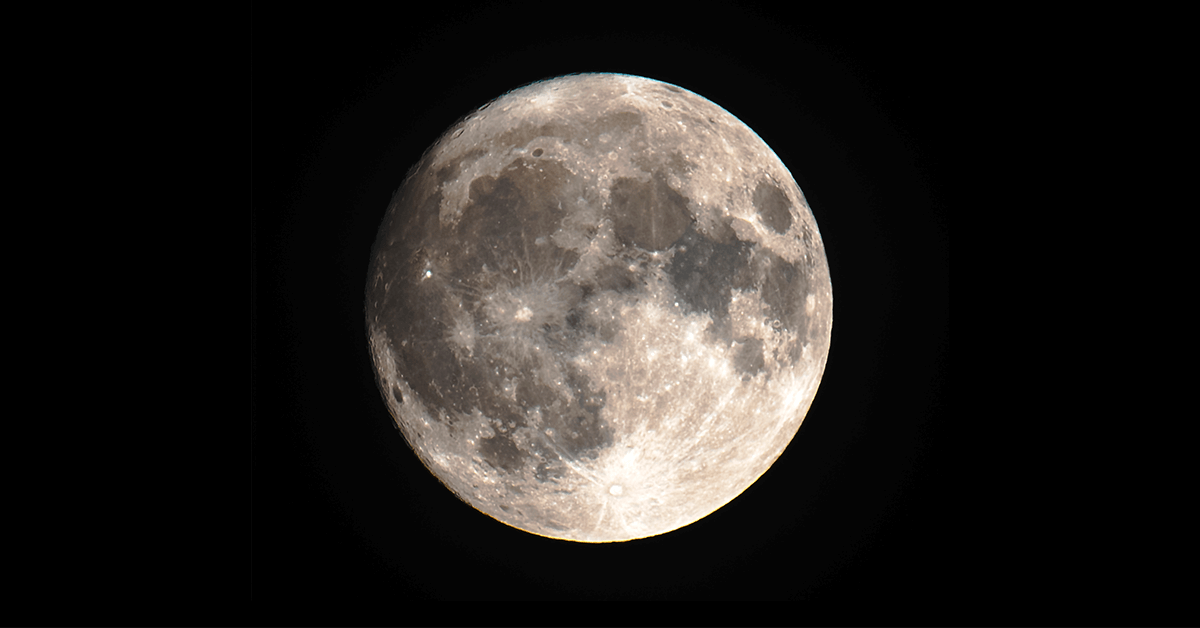NASA is expected to launch a six-month mission in the coming days to measure sunlight reflected off the moon using the Arcstone instrument to establish a high-accuracy, universal calibration standard for Earth-observing satellites.
The Arcstone mission, which will be deployed as a rideshare payload on a cubesat, will be the first mission dedicated solely to measuring lunar reflectance from space to calibrate and improve the quality of scientific data collected by remote sensors, NASA said Friday.
Universal Standard for Lunar Reflectance Calibration
Researchers have already been using the sun and moon to calibrate spaceborne instruments, but the current method lacks precision and accuracy. Arcstone’s goal is to increase calibration accuracy by using a spectrometer and getting above the atmosphere to measure reflected solar wavelengths in a way that provides a stable and universal calibration source. An internationally accepted standard calibration for lunar reflectance from space has yet to exist. According to NASA, if the technology demonstration is successful, a longer Arcstone mission could allow scientists to make the moon the preferred reference standard for many other satellites.
“The light reflected off the Moon is extremely stable and measurable at a very high level of detail,” said Constantine Lukashin, the mission’s principal investigator at NASA’s Langley Research Center. By improving lunar calibration accuracy, Arcstone will enhance the quality of remote sensing data for generations to come, he added.
The Arcstone demonstration is funded by NASA’s Earth Science Technology Office and led by NASA’s Langley Research Center, in collaboration with several institutions, including the U.S. Geological Survey and Colorado University Boulder’s Laboratory for Atmospheric and Space Physics.





